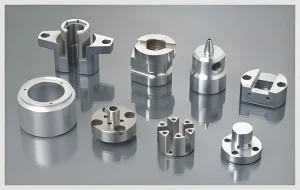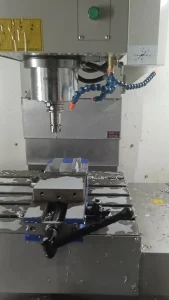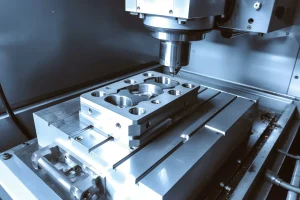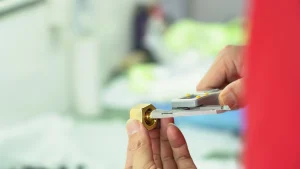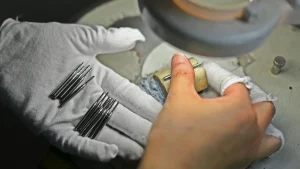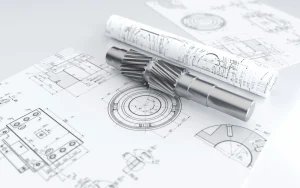Introduction
In the world of precision machining, achieving a high level of accuracy and quality is paramount. One of the essential finishing processes that ensure these standards are met is deburring. Deburring refers to the process of removing sharp edges, burrs, or excess material from machined parts. This is crucial not only for enhancing the appearance and functionality of the part but also for preventing issues during assembly and ensuring safety in the final product.
However, batch deburring can often become a complex and time-consuming task if not approached correctly. In this article, we will explore efficient techniques for batch deburring precision machined parts, focusing on optimizing the process to save time, reduce costs, and maintain high standards of quality.
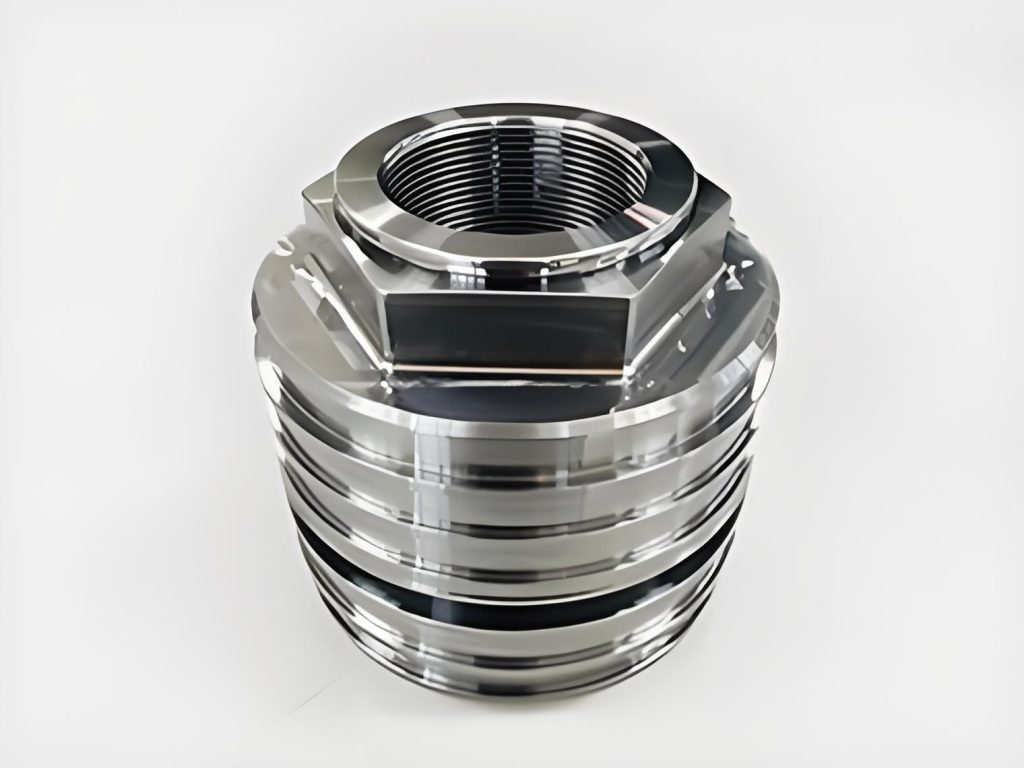
1. What Is Deburring in Precision Machining?
Deburring is a finishing process that removes unwanted material, often referred to as “burrs,” from the edges of machined parts. These burrs are typically created during the cutting, milling, or drilling process. While they are sometimes tiny, they can lead to various issues, including assembly challenges, reduced product performance, and safety hazards.
For precision machined parts, where tolerance levels are extremely tight, deburring is not only necessary to enhance the part’s quality but also to ensure its functional and operational longevity.
2. Why Efficient Deburring Matters for Precision Machined Parts
In precision machining, time is money. Inefficient deburring can extend production cycles, increase labor costs, and result in subpar parts that fail to meet stringent specifications. Batch deburring, when not executed properly, can result in inconsistencies and errors across parts, impacting the overall production process.
Efficient deburring ensures that parts are processed quickly, with minimal manual intervention and high repeatability. By reducing the time spent on deburring, manufacturers can lower costs, enhance throughput, and ultimately provide higher-quality products to clients.
3. Batch Deburring Methods: An Overview
Batch deburring refers to the process of deburring multiple parts at the same time, rather than individually. There are several methods used in batch deburring:
Mechanical Deburring: This involves the use of machines like vibratory tumblers, rotary barrel systems, or centrifugal force machines. These methods allow for bulk processing of parts and are highly effective for removing burrs from complex geometries.
Chemical Deburring: Involves using chemicals to dissolve the burrs. It is especially effective for parts made from metals that are difficult to deburr mechanically.
Manual Deburring: While not commonly used for batch operations due to time constraints, manual deburring using hand tools can still be applicable in smaller operations or for delicate parts.
Abrasive Flow Machining (AFM): This process involves the use of an abrasive slurry that is forced through the part under pressure, effectively removing burrs and improving surface finish.
4. Best Practices for Efficient Batch Deburring
To optimize the batch deburring process, several best practices should be followed:
Part Organization: Before deburring, ensure that all parts are organized in a way that they can be processed uniformly. Grouping parts of similar size and material can make deburring more efficient.
Choose the Right Deburring Method: Select the most appropriate deburring technique based on part geometry, material, and production volume. For example, mechanical deburring methods are typically more efficient for larger, bulkier parts, while abrasive flow machining is ideal for intricate geometries.
Process Optimization: Regularly review and refine your deburring process to ensure it’s running at peak efficiency. This may involve adjusting the cycle time, changing the abrasive medium, or re-evaluating your machine settings.
Automate When Possible: Incorporating automation into the deburring process can drastically reduce labor costs and improve consistency. CNC (Computer Numerical Control) systems, combined with robotic arms and deburring attachments, are particularly effective for batch deburring operations.
Use High-Quality Materials: The quality of the deburring medium (e.g., abrasive stones, chemicals, etc.) plays a significant role in the final results. Invest in top-quality materials to achieve consistent, high-quality deburring.
5. The Role of Technology in Improving Deburring Efficiency
Modern technology has transformed how deburring is performed in precision machining. CNC machines with automated deburring functions and advanced robotic systems are increasingly being used to improve batch deburring operations.
These technologies offer precise control over deburring parameters, ensuring consistent results. They also reduce human error, leading to fewer rejects and rework.
Additionally, the development of specialized deburring tools, such as rotary brushes, vibrating tumblers, and air knives, has significantly improved efficiency. These tools not only help speed up the process but also reduce the need for extensive manual labor.
6. How Rapidefficient Improves Deburring in CNC Machining
Rapidefficient is a leading CNC machining service provider specializing in high-precision aluminum and other material machining. The company has invested heavily in advanced technology and expertise to streamline the deburring process, offering clients both speed and quality.
With Rapidefficient’s automated CNC machines and deburring solutions, manufacturers can benefit from:
Fast Turnaround: Rapid deburring cycles ensure that large batches of precision machined parts are processed efficiently and quickly.
High Precision: CNC machines can be programmed to provide exact deburring results, ensuring that every part meets stringent quality standards.
Consistency: Batch deburring processes are automated, reducing variability between parts and increasing product reliability.
If you’re looking for a reliable CNC aluminum machining service that offers precise and efficient deburring, Rapidefficient is the partner you need.
7. Conclusion: Efficient Deburring for Precision Machined Parts
Efficient deburring is a vital part of the precision machining process, ensuring that parts meet high standards of quality while reducing time and cost. Batch deburring, when done correctly, can improve throughput, consistency, and overall part performance.
By following best practices and integrating advanced technology, manufacturers can achieve significant improvements in deburring efficiency. Rapidefficient, with its cutting-edge technology and expertise, is the perfect solution for businesses looking to optimize their CNC machining and deburring processes.

